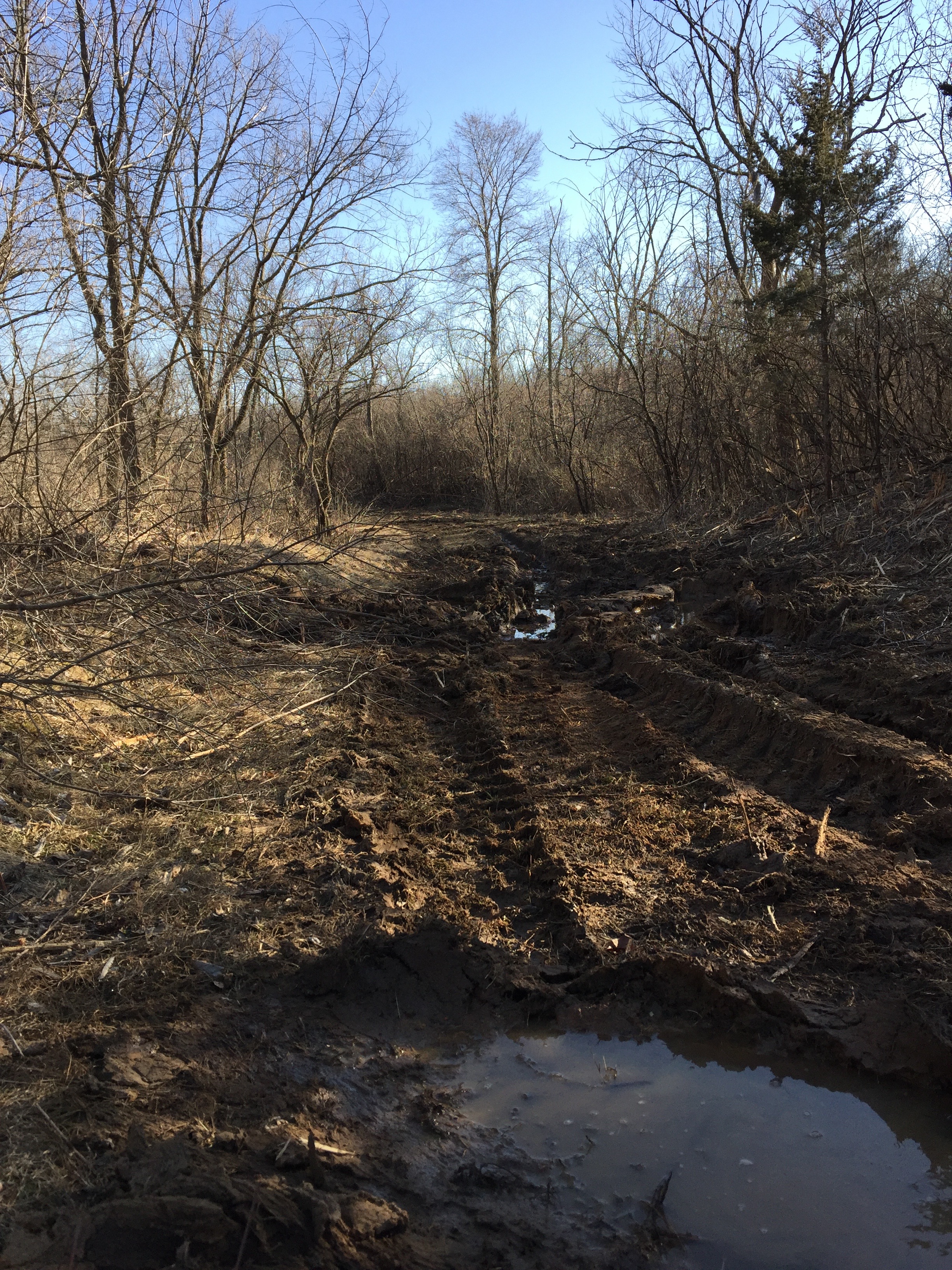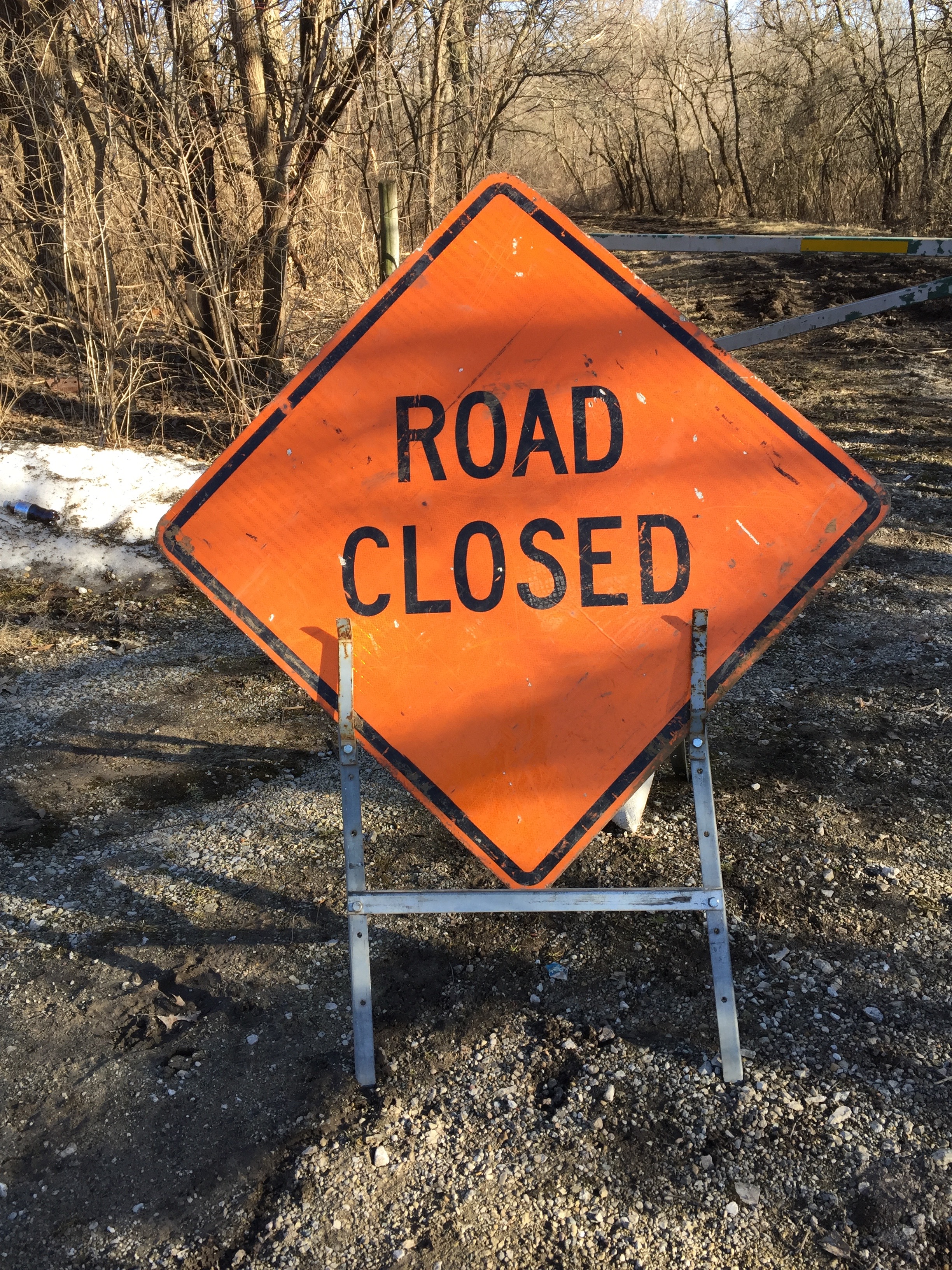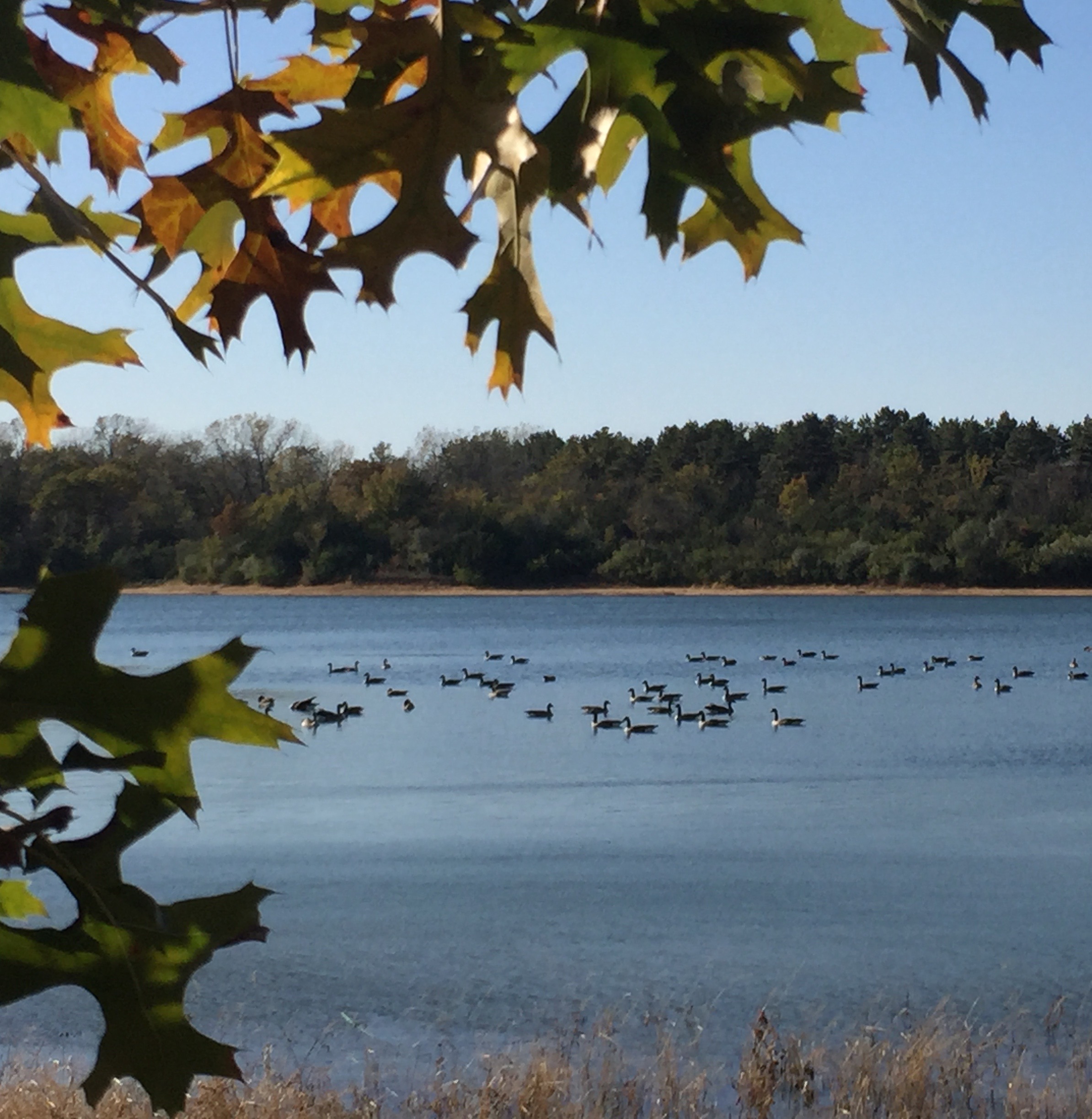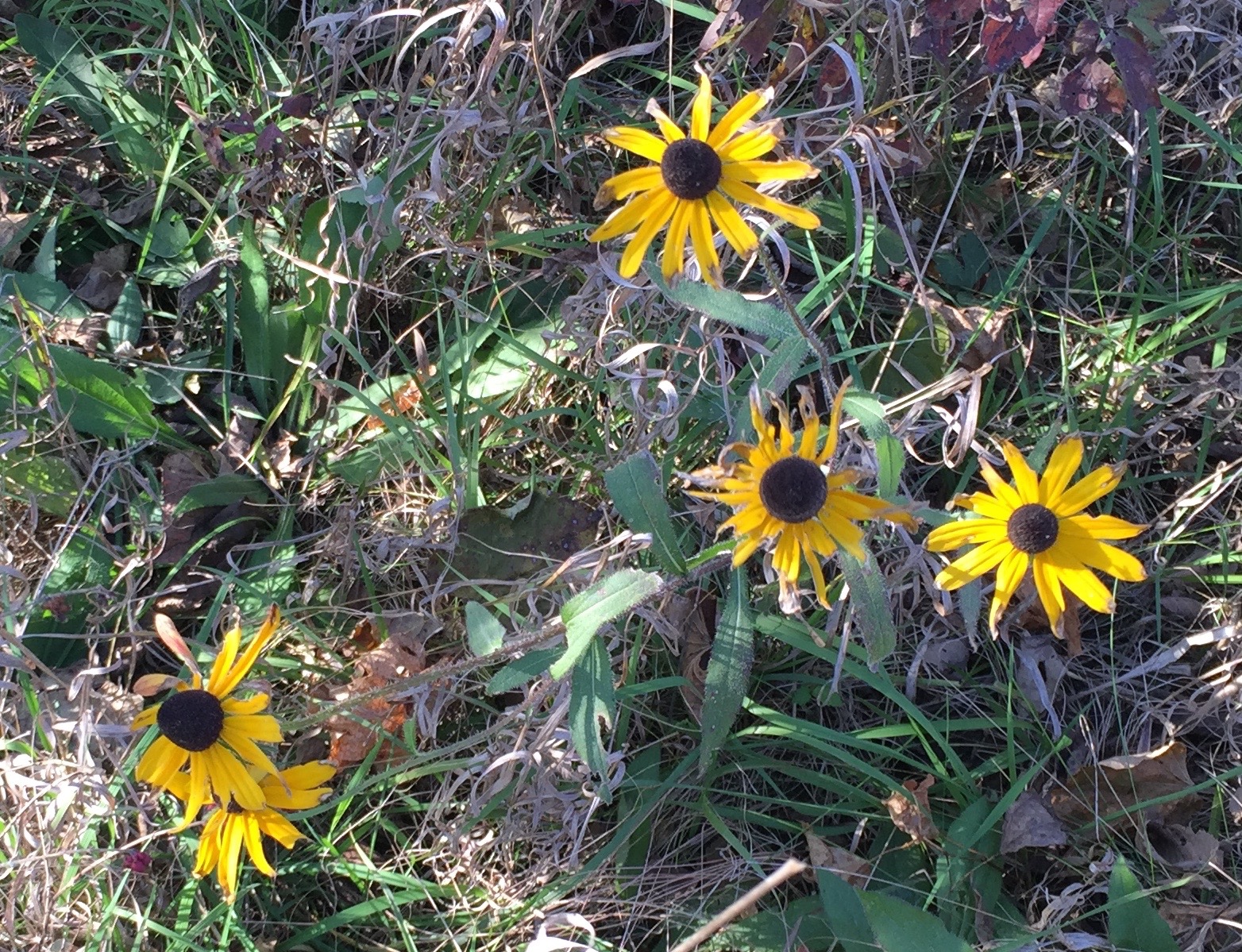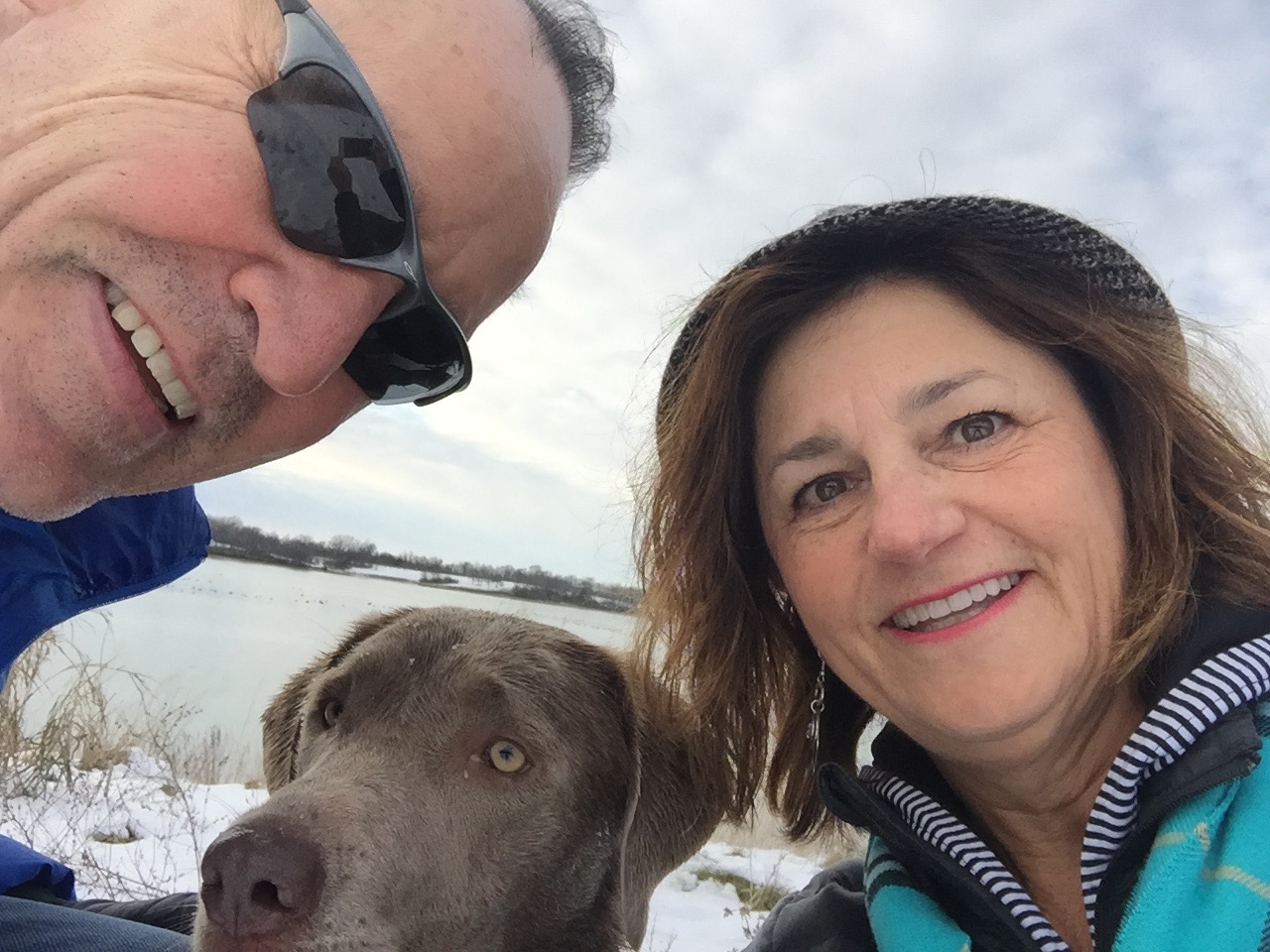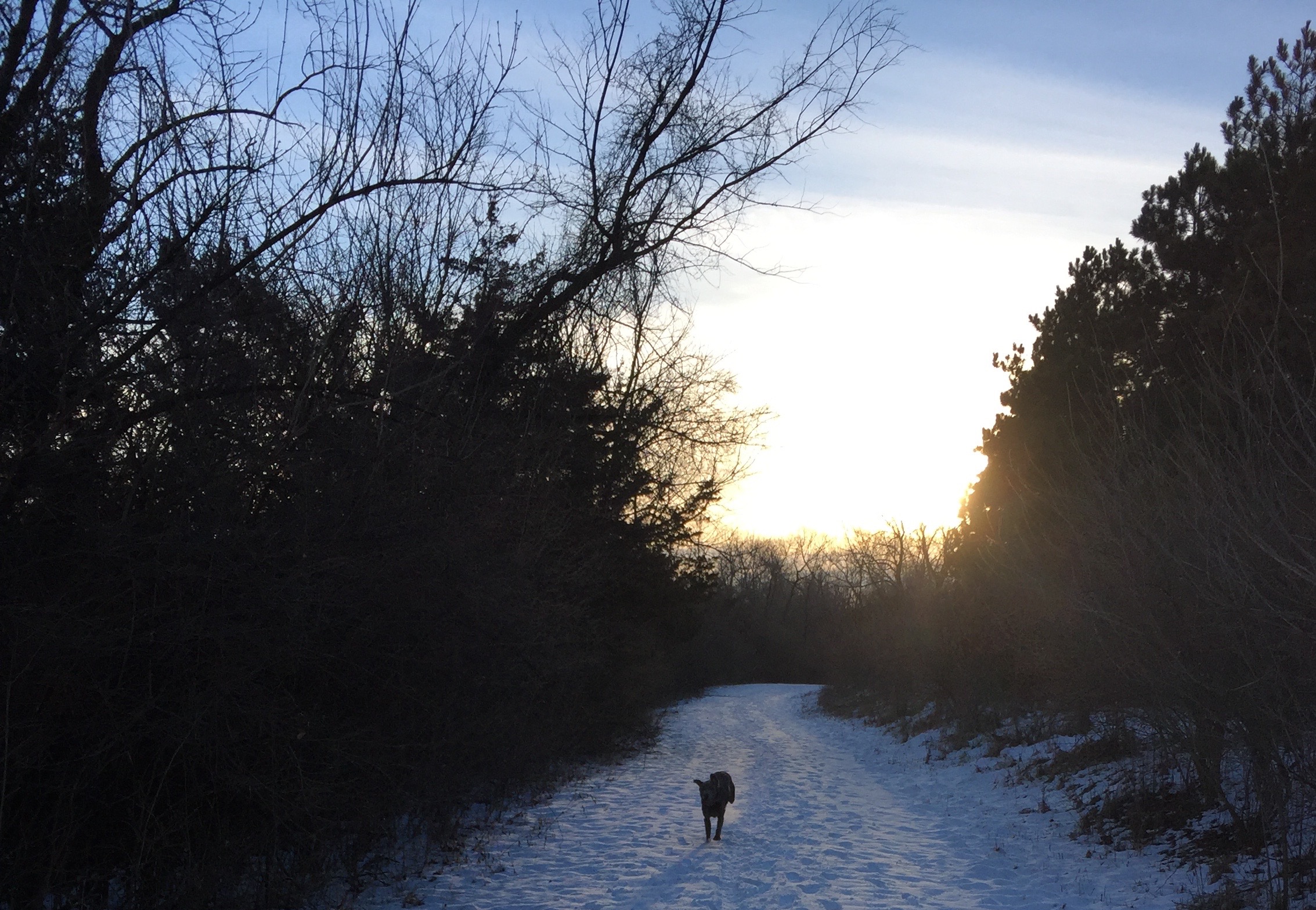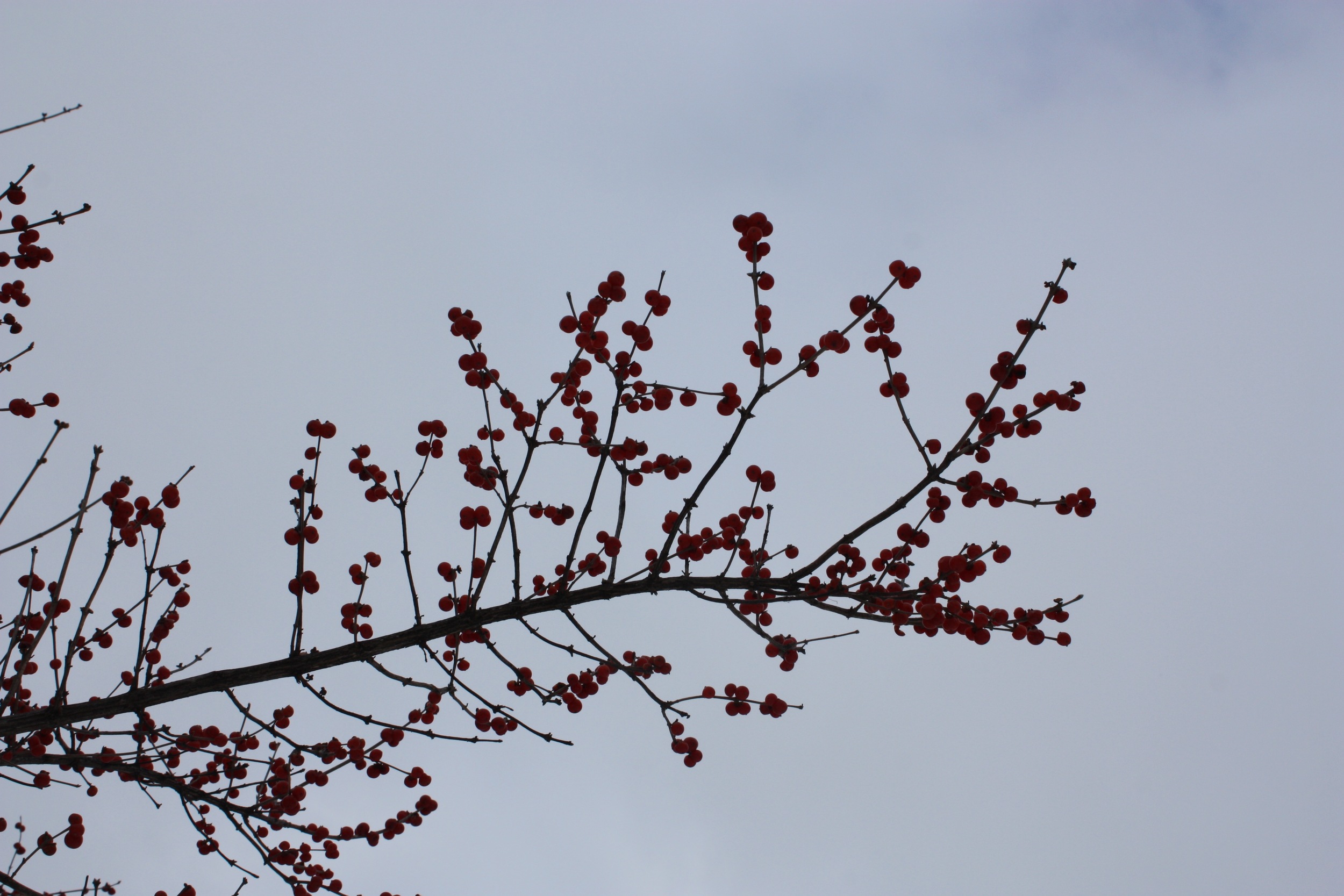“They Ruined Our Trail…”
/Oh, there are so many things fundamentally wrong with that statement! However, it WAS the statement traipsing through our minds as Roger and I recently slipped and slid our way through the muddy “new” terrain of a favorite hiking trail.
We have hiked this trail often—through the icy cold of winter, watching the deer explore the frozen pond; through the budding beauty of spring, listening to the symphony of birds; through the heat of summer, consistently amazed at the green and the growth; and of course, through the changing lens of fall, absorbing the palette of fall colors as they unfold.
Yes, the trail WAS just perfect—wide enough for the two of us to walk alongside each other and have Sterling, our silver lab, frolicking along just ahead of us. One of her favorite games was to run up ahead, just far enough to get out of sight…then turn and wait patiently for us. As soon as she spotted us she’d rush back to us, and then she was off again to repeat her game. Run ahead, wait, rush to us, run. Sterling always out-hikes—no, out-runs—us twice the distance!
But on this particular Saturday, we found the trail in ruins—or at least that’s how it looked to us. A bulldozer had chewed up our cherished path, tearing down adjacent trees and shrubs and doubling the width of the trail. Deep ruts marred the once-smooth path, and as the snow in Iowa had only recently melted, we found ourselves looking at a wide expanse of deep, sloshy brown mud. We had worn our hiking boots. But we were not prepared for this. Any of it! How could they ruin our trail?!
Let’s pause right there. What is it that made that trail ours? Of course, it didn’t actually belong to us. The trail is public property, a section of an area called Maffitt Reservoir Park. But if anything made it “ours,” it’s the memories we created there: the times we’ve enjoyed a hike with others, the hundreds of photographs we’ve shot, the thousands of steps we’ve taken—whether with hiking boots, running shoes, or snow shoes. The conversations this trail has witnessed are deep and rich—it’s there that we’ve asked each other difficult questions, and listened for the answers. It’s there that we’ve also held space for silence as we walked along, sometimes hand in hand, sometimes one in front of the other. Roger and I are intentional about times of solitude amidst our full schedules of career, family, travel. We experience solitude together along this trail. We worship the Almighty along this trail—it is so natural to worship in His Sanctuary of the seasons, the trees, the geese, the flowers, the snowflakes, the sunsets, the water.
It’s all of this—the memories, the conversations, the shared solitude, the spontaneous worship that arises from being in creation—that creates the illusion of the trail being “ours.” I’m certain I’m not the only one who feels this way. One day we encountered a fellow snow-shoer who told us he’d walked this very trail daily for 10 years. “I used to run it,” he proclaimed with pride. “Now I’m slower, but I’m here every day.” He was an older man with a weathered face and trim build. Surely the trail belonged to him as much as it belonged to us. Surely it belonged to all of us….
Back on the day we discovered it in ruins, Roger and I looked at the trail in dismay. “Why are they ruining it?” I couldn’t help but cry out. “It was perfect the way it was!” “Must be some sort of maintenance project,” Roger said as we began to stumble along the uneven path. The cuts in the earth were fresh, the “maintenance project” in its earliest, messiest stages. We clambered over felled trees and made our way around piles of brush, and tried to avoid the deepest ruts of watery mud. Down the path a ways we discovered a deep hole where a new drain would be placed under the trail to divert stream water into the nearby lake.
Early that morning I had read a reflection by Richard Rohr, a Franciscan priest, and suddenly a line came back to me: “New beginnings invariably come from old false things that are allowed to die.”
So far all I saw on the trail was the dying: the place I’d known and cherished for so long was no longer there, and I was already grieving its loss. But there was another chapter to this story: with this “death” something entirely new would come to life. What would it be? What was the master plan here? Of course, we didn’t know, but in time we would.
The same holds true for life, doesn’t it? New beginnings arrive when old things are allowed to die.
Is this process happening anywhere in your life right now? What changes are you experiencing that signal a new beginning? What are the old things that might need to die so new life will have room to grow?
Just as in the trail project, we may have little idea of the master plan—and the “not knowing” can sometimes be as difficult as the grief that accompanies any loss. With our literal trail we can trust that the Des Moines Water Works has a plan that is well thought out and that will eventually restore and preserve the beauty of the area.
But what about the many trails and interrupted paths that occur? What if we’re on a path with little clue of where it goes or even how we got there? Such trails come in myriad forms. Aging parents. Uncertainty regarding upcoming elections. The devastating loss of a relationship. The fear of what comes next. Health struggles—our own or a loved one’s. A decision that needs to be made regarding education or career. A pregnancy—planned or unexpected. The difficult conversation that needs to happen. The mounting credit card bill.
Can we be still and hold the known with the unknown? Can we cultivate greater patience with not knowing?
“New beginnings invariably come from old false things that are allowed to die.”
Ask yourself what you need to let go of, what can be allowed to die. Whatever you’re going through, on whatever trail you find yourself, how can this experience be a moment of new beginnings? In the very midst of the mud, can you look for the signs of new life, just waiting to be born?
Please feel free to share your story of new beginnings in the comments below.
